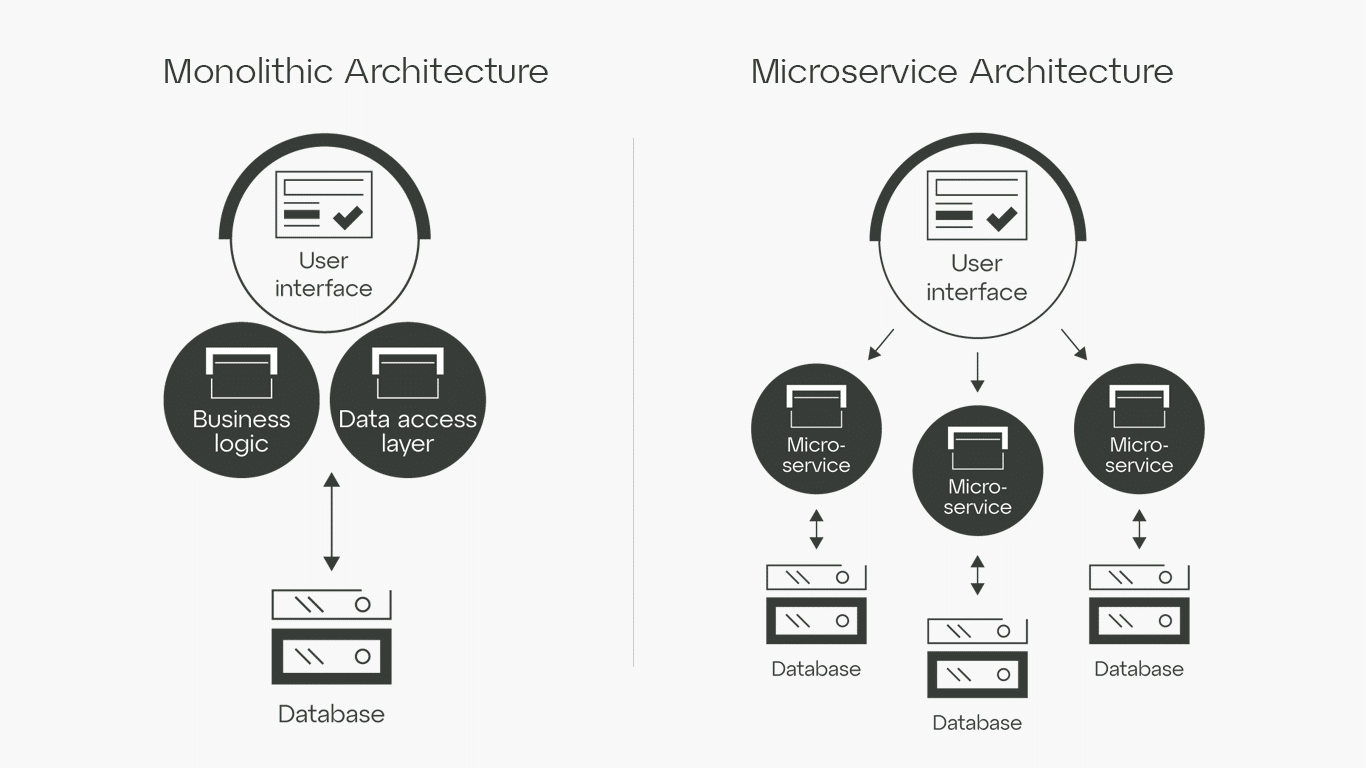Plan properly
Find a supplier with the experience and local contacts
Use experienced suppliers with local contacts in the establishment phase. Insight into the local market, the consultants and how to deal with the nuts-and-bolts logistics is a considerable advantage.
Furthermore, a proven supplier will have a strong interest in ensuring your nearshoring operation is successful. At the same time, they can handle the entire setup for you, saving you much time and minimizing costs in the start-up phase.
This will allow you to stay focused on the things that add value to your business.
Get input from outside
Take advantage of networks, both your own and that of your supplier. Get in touch with companies that have been through the same exercise your company is doing.
Listen and learn; adapt their lessons to your situation.
Bring the right people on board
Many companies come to Poland and get enthusiastic about the volume of talented resources and the expertise of the individual consultants.
Sometimes, they end up onboarding overqualified consultants for their projects, which ultimately means they can't offer the consultant professional challenges.
To retain a motivated, high-performance team, ensuring a good match between the projects and the consultant's skill set is crucial. With that in mind, it's essential to select highly skilled consultants who can help you get off to a good start and create momentum in the project.
Make sure that the first tasks are ready and waiting so the consultant can hit the ground running, instead of waiting for the developers or documentation before they can get started on the project.
Create culture bearers and build a core team
Start by building a core team that can later become the foundation if you decide to scale up.
- Begin with a maximum of 10 consultants.
- Make sure they adopt the culture and values of your company.
- Invest time and energy in getting the team introduced properly to the company.
- Start with a two-week introductory stay at your company for the new consultant team.
These initiatives will allow you to transfer the company's values to them, so they absorb the company's culture entirely. In this way, your company creates culture bearers who will help shape new consultants in the future.
Start by building a core team that can later become the foundation if you decide to scale up.


























































